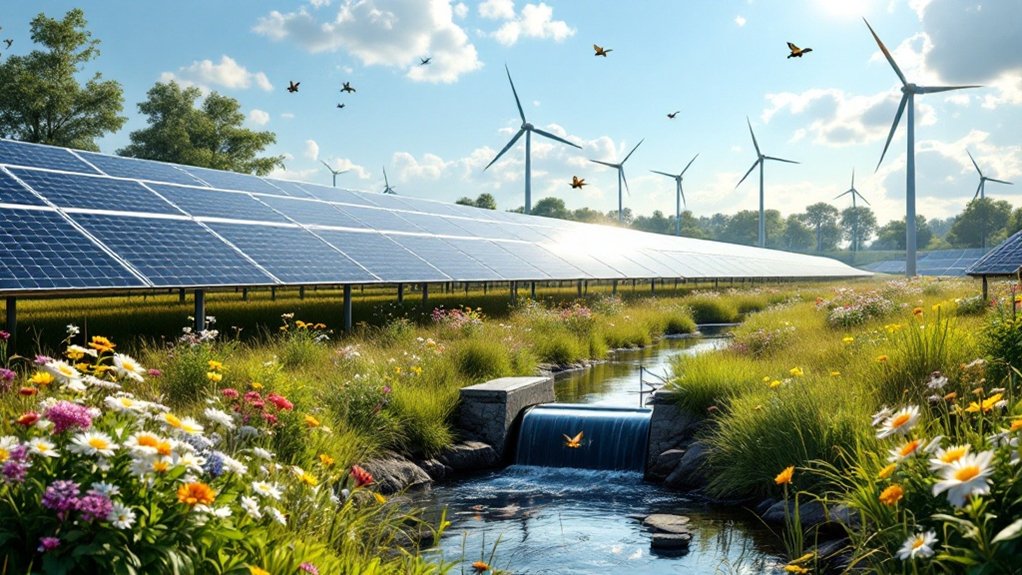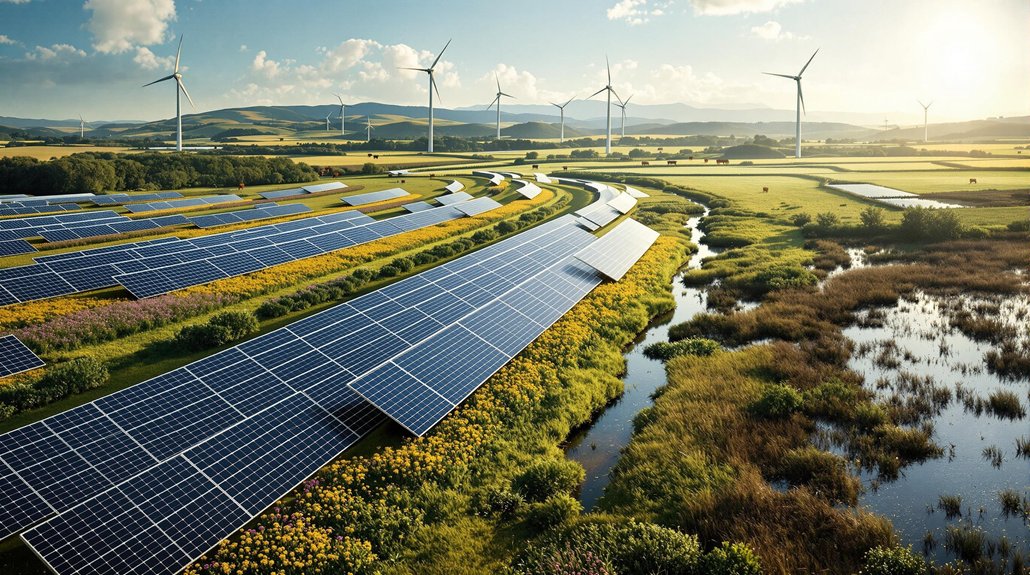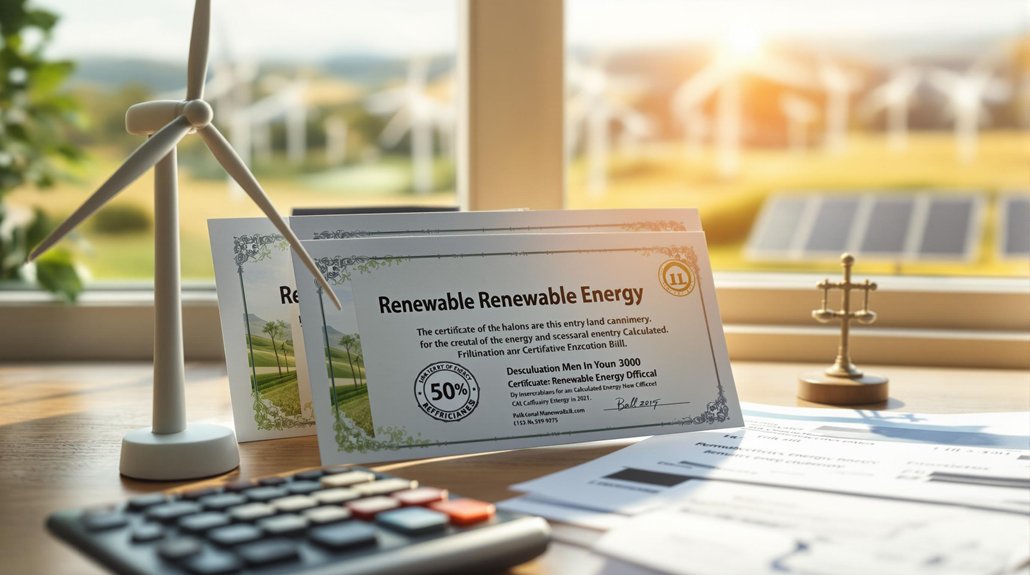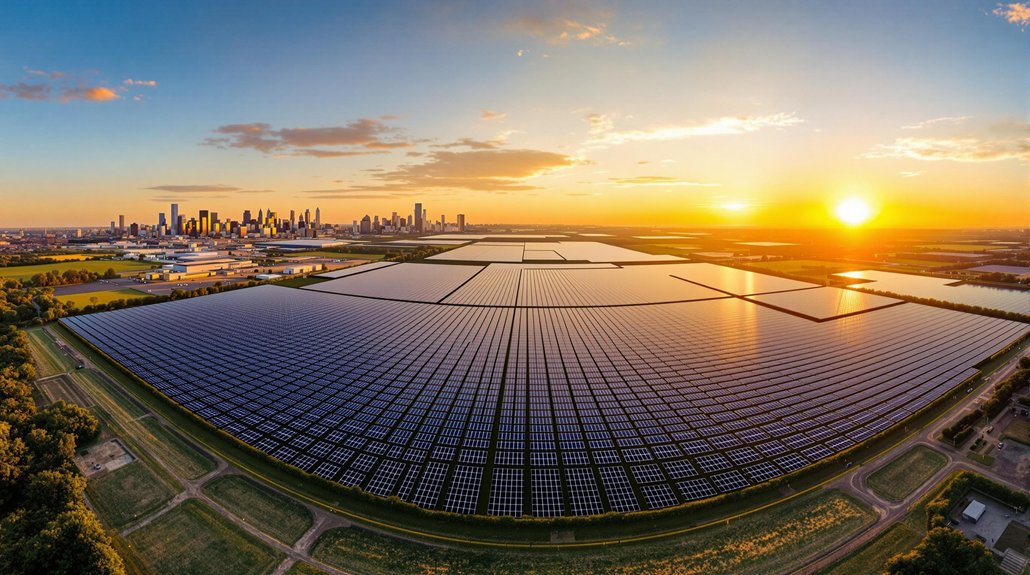Renewable energy technologies offer multiple benefits for biodiversity conservation. Solar farms create habitats for pollinators, while offshore wind farms function as artificial reefs. Modern hydroelectric systems include fish ladders to protect migration routes. Geothermal plants use minimal land area and produce virtually no emissions. Advanced energy storage systems address intermittency challenges while reducing mining impacts. Smart grid technologies help optimize renewable energy placement to minimize ecosystem disruption. These innovations represent promising pathways for sustainable power generation.

While climate change continues to threaten wildlife around the world, clean energy technologies are emerging as powerful allies in biodiversity conservation. Solar energy reduces greenhouse gas emissions that harm ecosystems. Solar farms create new habitats for pollinators, while floating solar panels help conserve water by reducing evaporation from lakes and reservoirs. When properly placed, these installations avoid disrupting sensitive habitats and can help preserve natural ecosystems from destruction. When properly placed, these installations avoid disrupting sensitive areas.
Clean energy isn’t just fighting climate change—it’s creating new wildlife havens while powering our world sustainably.
Wind power likewise benefits wildlife. Offshore wind farms act as artificial reefs, attracting marine life. Modern turbine designs and careful placement minimize bird and bat collisions. Onshore wind farms have small physical footprints, allowing the surrounding land to support agriculture or remain as natural habitat. New innovations like bladeless turbines promise even fewer impacts on flying creatures.
Hydroelectric power, when thoughtfully implemented, can work in harmony with nature. Fish ladders help species navigate around dams, while run-of-river systems impact ecosystems less than large reservoirs. Proper dam management creates wetland habitats that support diverse species. Small-scale hydro systems can power remote areas with minimal environmental disruption. The flexibility of hydroelectric power makes it grid stabilizing when paired with intermittent renewable sources like solar and wind.
Geothermal energy uses remarkably little land compared to other power sources. Modern closed-loop systems protect local water resources, while binary cycle plants produce virtually no emissions. Some geothermal projects integrate with greenhouses, supporting agriculture in previously unused areas.
Biomass energy, when sourced responsibly, supports ecological health. It can utilize agricultural waste and help manage invasive plant species. Anaerobic digestion reduces methane emissions from decomposing organic matter.
Energy storage and smart grid technologies enable wider adoption of renewable energy by solving intermittency challenges. Pumped hydro storage creates new aquatic habitats. Battery recycling reduces mining impacts, while distributed storage decreases the need for new transmission lines. Advanced computational tools can optimize renewable energy siting to benefit biodiversity conservation while meeting clean energy goals.
Together, these clean energy solutions offer pathways to meet human needs while preserving the natural systems that sustain all life. They’re proving that environmental protection and energy production can go hand in hand.
Frequently Asked Questions
How Does Biodiversity Loss Affect Human Health?
Biodiversity loss threatens human health in multiple ways. It increases infectious disease risks by disrupting natural disease control.
Food security suffers as pollinator populations decline and crop diversity diminishes. Important medicine sources disappear with plant extinction, limiting new drug discovery.
Mental health also takes a hit, as research shows nature access reduces stress and anxiety. Indigenous communities face additional challenges when culturally significant species vanish.
What Are the Economic Benefits of Preserving Biodiversity?
Preserving biodiversity delivers substantial economic benefits worldwide.
Ecosystem services contribute $125-145 trillion annually to the global economy. Nature-based industries create millions of jobs, with one in five jobs depending on healthy ecosystems.
Biodiversity provides raw materials for pharmaceuticals, with 50% of prescription drugs derived from natural compounds.
Additionally, intact ecosystems offer cost-effective protection against natural disasters, saving billions in potential damage and recovery expenses.
Can Urban Planning Contribute to Biodiversity Conservation?
Urban planning plays a key role in biodiversity conservation.
Cities can create more green spaces like parks and rooftop gardens that support wildlife. Wildlife-friendly infrastructure includes permeable surfaces and native plant landscaping.
City policies now include biodiversity targets and habitat protection rules. Many cities encourage community involvement through citizen science programs and ecological education.
These approaches help urban areas maintain diverse plant and animal populations.
How Do Indigenous Knowledge Systems Support Biodiversity Protection?
Indigenous knowledge systems are powerful tools for protecting biodiversity. These systems include traditional ecological practices developed over generations.
Indigenous communities maintain 80% of the world’s remaining biodiversity. Their lands show higher species diversity and lower deforestation rates.
Through sustainable farming, sacred site protection, and customary laws regulating resource use, indigenous peoples preserve ecosystems. Their holistic understanding of local environments helps maintain nature’s balance.
What Role Do International Treaties Play in Biodiversity Conservation?
International treaties serve as the backbone of global biodiversity protection efforts. They create shared commitments that countries must follow.
The Convention on Biological Diversity guides overall conservation policies, while specialized agreements like CITES restrict wildlife trade. These treaties establish protected areas, regulate harmful activities, and set conservation targets.
Though implementation often falls short, they’re essential frameworks that hold nations accountable for preserving Earth’s plant and animal diversity.









